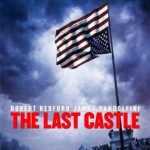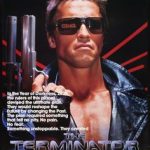The Good, the Bad and the Ugly (1966)

🤠🔫 The Good, the Bad and the Ugly (1966): A Western Masterpiece of Grit, Suspense, and Epic Showdowns
The Good, the Bad and the Ugly, directed by Sergio Leone, is a cinematic classic that has defined the Western genre and captivated audiences worldwide. Set against the brutal backdrop of the American Civil War, the story follows three unlikely rivals—the “Good” (Clint Eastwood as Blondie), the “Bad” (Lee Van Cleef as the ruthless Angel Eyes), and the “Ugly” (Eli Wallach as the cunning Tuco)—each pursuing a hidden fortune of Confederate gold.
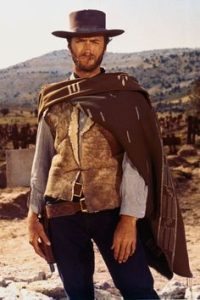
As they race through vast, desolate landscapes and towns ravaged by war, their uneasy alliances and betrayals keep viewers on edge. Leone’s use of sweeping landscapes, close-up shots, and gritty, slow-building tension makes each encounter unforgettable. Ennio Morricone’s legendary score—especially the iconic “Ecstasy of Gold”—creates an atmosphere that’s both haunting and exhilarating, amplifying every glance, gesture, and gunshot.
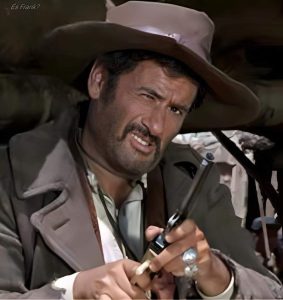
The film’s characters, though morally ambiguous, are complex and compelling. Blondie’s quiet resilience, Angel Eyes’s chilling ruthlessness, and Tuco’s unpredictable charm create a dynamic trio, each driven by greed, survival, and vengeance. Their climactic three-way standoff, framed with Leone’s signature close-ups and Morricone’s intense score, is a scene of pure tension and artistry that has become one of cinema’s most iconic moments.
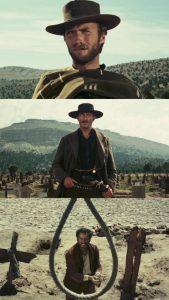
Beyond its action and suspense, The Good, the Bad and the Ugly explores themes of loyalty, betrayal, and the human cost of ambition. With its raw storytelling, unforgettable score, and Leone’s visionary direction, this film remains a masterpiece that transcends the Western genre, earning its place as a timeless classic that resonates with audiences across generations.




